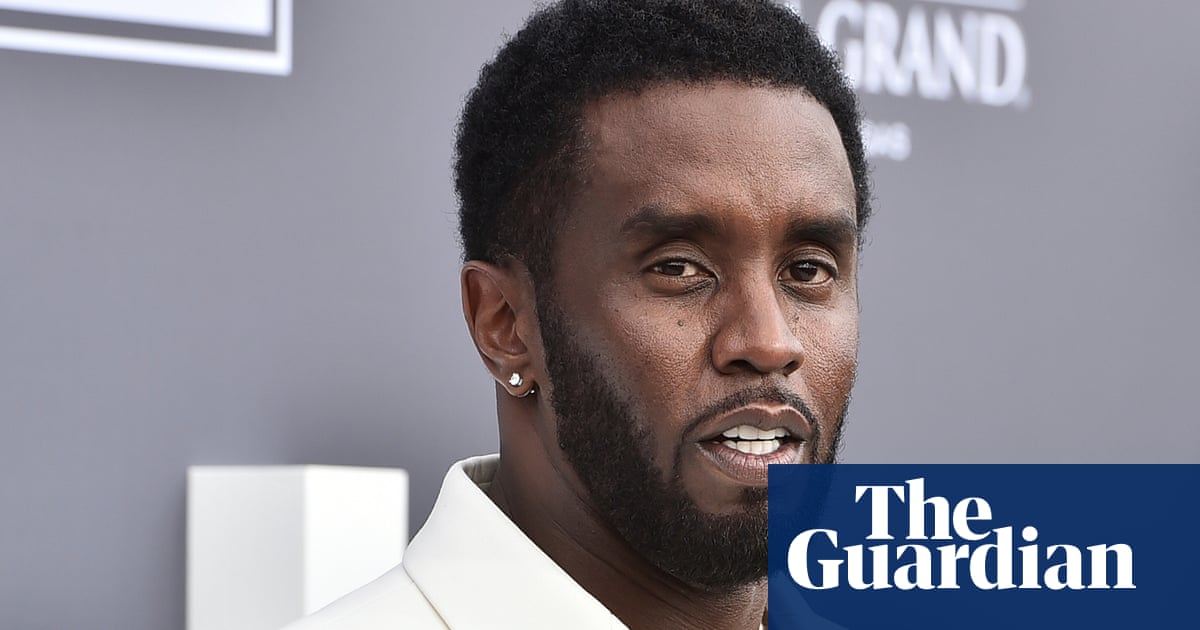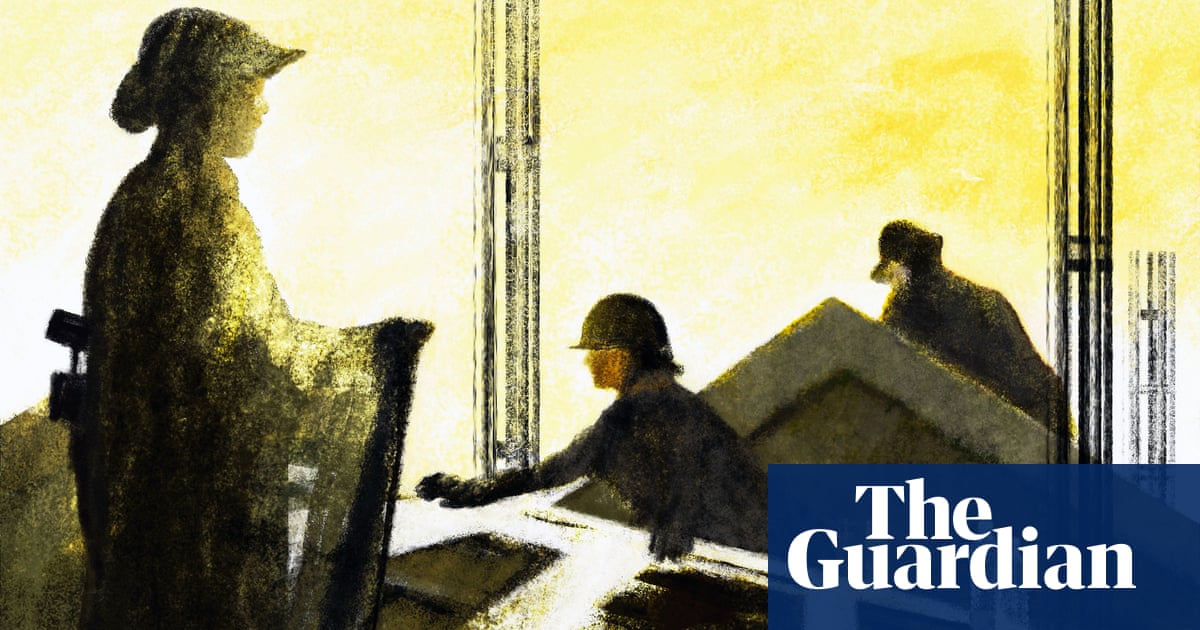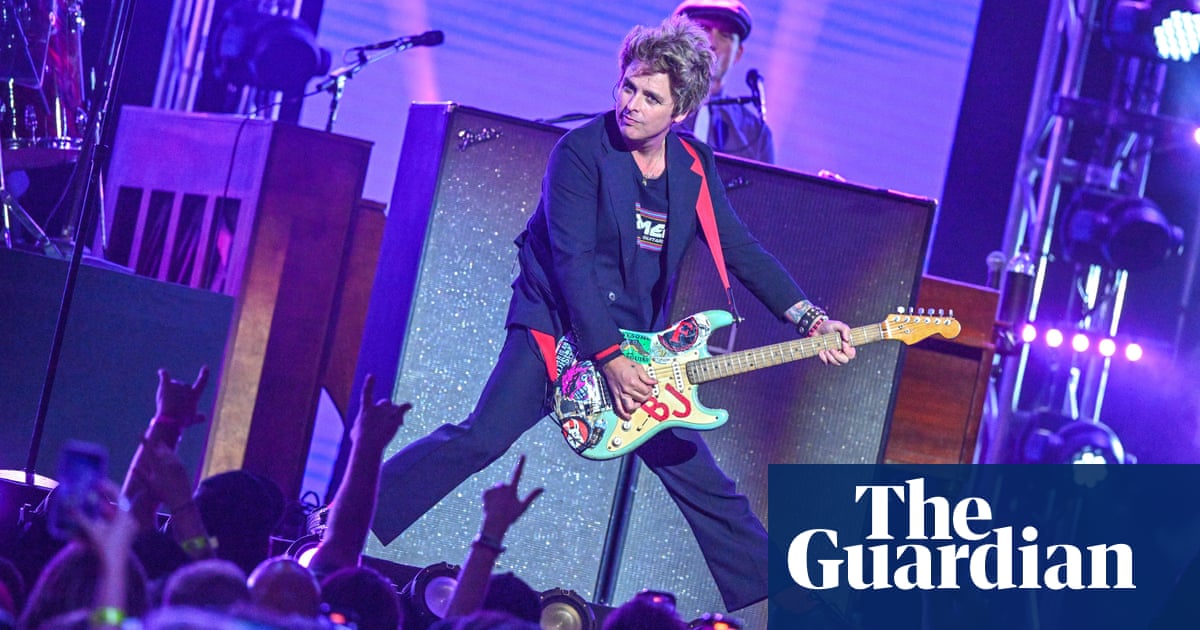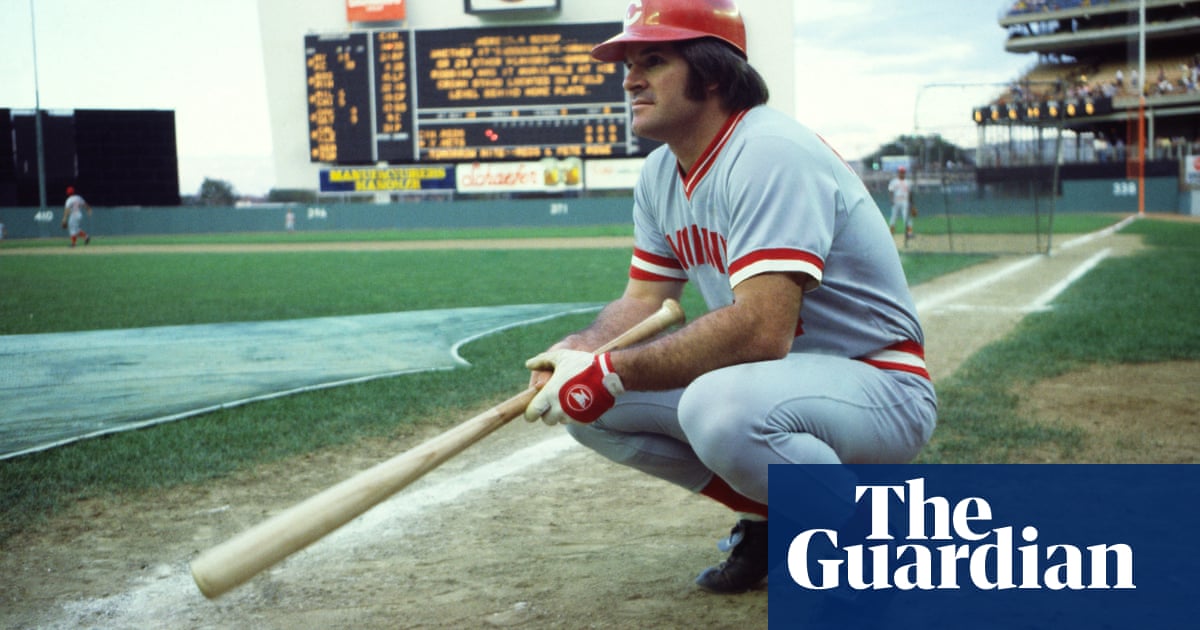Iranâs decision to launch about 180 high-speed ballistic missiles at Israel indicates that Tehran sought to inflict serious damage in Tuesdayâs night attack, unlike the well-telegraphed drone and missile attack in April.
Their sheer speed makes ballistic weapons challenging to intercept, but the initial reports of no fatalities within Israel and one in the West Bank would suggest despite the numbers of missiles launched it was a military failure, though some of the weapons or fragments appear to have struck the ground.
Tehranâs Emad and Ghadr missiles, used earlier this year, are estimated to travel at six times the speed of sound on impact or more, and take 12 minutes to fly from Iran. That would be more than 4,600mph. But Iran said it deployed the even faster, hypersonic Fatteh-2, with a maximum speed estimated at 10,000mph.
Iran has been estimated to have an arsenal of about 3,000 ballistic missiles, though the original calculation was made by the US two-and-a-half years ago, so the number may well be higher. Tehran will have wanted to retain the vast majority of its stock in case the conflict with Israel further escalates into a full-blown war.
Firing so many ballistic missiles in a few minutes also represents a serious effort to overwhelm or exhaust Israelâs air defences. Because they are sophisticated, the interceptor missiles are expensive â and their stocks uncertain.
Stopping ballistics in flight is principally the task of the long-range US-Israeli Arrow 3 and Arrow 2 systems, first used during the Israel-Hamas war, which are supported by the medium-range Davidâs Sling system. The better-known Iron Dome is used for short-range interceptions, often of rockets fired by Hamas from Gaza.
In April, a former financial adviser to the IDF chief of staff said that an Arrow missile typically costs $3.5m (£2.8m) a time, and Davidâs Sling interceptors $1m (£800,000). Eliminating 100 or more missiles would easily run into hundreds of millions of dollars â though the missiles themselves will have cost Iran £80,000 each or more.
At that time, Tehranâs foreign minister, Hossein Amir-Abdollahian, said it had given neighbouring countries 72 hoursâ notice of a planned attack â which took place a fortnight after Israel bombed Iranâs embassy in Damascus. This time, Iran acted within days of Israelâs killing of the Hezbollah leader, Hassan Nasrallah on Friday.
Nevertheless, warnings that an attack was going to take place on Tuesday began circulating from US sources a couple of hours or so before the missiles were launched. It is unclear how the information would have been obtained but it may have come from satellite imagery, communications intercepts or a diplomatic notification. There were unconfirmed reports that Iran notified Russia before the attack.
It is not immediately clear how many Iranian missiles hit the ground; in Aprilâs attack, of the 120 ballistic missiles fired by Iran only nine got through, causing minor damage to two airbases, meaning in narrow military terms that that attack was also a failure.
Iran had used more than 300 drones, cruise missiles and ballistics in April, but on Tuesday dispensed with slower-moving drones â indicating that they are felt to be ineffective against an opponent with a sophisticated air defence system. It may not have used cruise missiles either.
Shahed drones, also being heavily used by Russia in Ukraine, are relatively slow and can be easily shot down by fighter jets. Cruise missiles rely on manoeuvrability to evade air defences, but are also slow compared with ballistic weapons â Iranâs Paveh cruise missile travels at about 500mph.
Ukraine, which has been constantly attacked by Russian missiles and drones since the start of the full-scale invasion, released its own interception rates in August. Its success proportion would be lower than Israelâs, partly because the length of the war has meant it has run out of some types of short-range interceptor missiles.
Ukraineâs commander-in-chief, Oleksandr Syrskyi, said that while 63% of drones were intercepted and 67% of cruise missiles were stopped, that dropped to 4.5% when Russian ballistic missiles were concerned.









